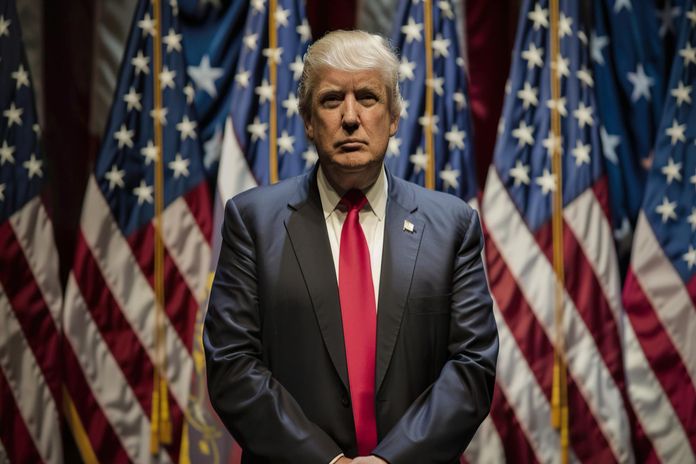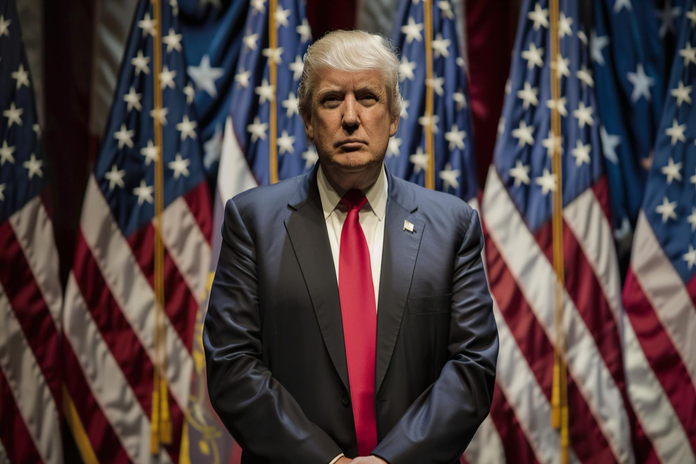Top Bitcoin-Fueled Stocks Set to Soar as Crypto Booms

Bitcoin (BTC-USD) could rally well past $100,000 this year, according to Strategy (NASDAQ:MSTR) CEO Michael Saylor, who recently expanded his company’s Bitcoin holdings by $555.8 million. Strategy now owns 538,200 Bitcoin, valued at around $50.4 billion. This massive bet on Bitcoin’s future is not just bullish for Strategy but also shines a bright light on a select group of Bitcoin-fueled stocks poised for massive upside.
Among the top Bitcoin-fueled stocks to watch are Nuvve Holding Corp. (NASDAQ:NVVE), CleanSpark (NASDAQ:CLSK), Marathon Holdings (NASDAQ:MARA), and Riot Platforms (NASDAQ:RIOT).
Adding to the bullish momentum, Binance CEO Richard Teng recently praised the U.S. government’s pro-crypto stance under President Trump, noting the strategic Bitcoin reserve initiative. According to Teng, smart regulatory appointments and bipartisan support in Congress create “long-term drivers” for the cryptocurrency sector.
Nuvve Holding Corp. (NASDAQ:NVVE) Bets Big on Bitcoin
Nuvve Holding Corp., a leader in grid modernization and vehicle-to-grid (V2G) technology, has launched a new subsidiary, Nuvve-Crypto. This strategic move positions Nuvve among the most innovative Bitcoin-fueled stocks of 2025.
Nuvve-Crypto’s mission is to build a diversified digital asset portfolio anchored by Bitcoin and other cryptocurrencies like Ethereum, Solana, and Avalanche. CEO Gregory Poilasne emphasized, “Bitcoin is no longer an experiment. It’s an unstoppable force, and we will not sit on the sidelines during this financial revolution.”
With at least 50% of its crypto portfolio allocated to Bitcoin, Nuvve aims to redefine digital treasuries, blending blockchain innovation with its traditional energy business. The initiative has unanimous support from its Board of Directors, signaling a serious commitment to Bitcoin and blockchain expansion.
Other Bitcoin-Fueled Stocks to Watch
Strategy (NASDAQ:MSTR) remains the ultimate Bitcoin-fueled stock, holding the world’s largest corporate Bitcoin treasury. Investors will want to tune into Strategy’s Q1 2025 earnings call on May 1 for updates on how Bitcoin’s surge impacts their bottom line.
CleanSpark (NASDAQ:CLSK) has expanded its capital strategy by increasing its credit facility with Coinbase Prime to $200 million. The company also launched a Bitcoin treasury desk to optimize its Bitcoin holdings through borrowing, lending, and derivatives strategies. CEO Zach Bradford highlighted CleanSpark’s ability to self-fund growth through operational cash flow, making it a standout among Bitcoin-fueled stocks.
Marathon Holdings (NASDAQ:MARA) continues to strengthen its Bitcoin mining operations. In March 2025 alone, Marathon mined 242 Bitcoin blocks—a 17% increase month-over-month. With over 47,000 Bitcoin held and the expansion of its 40-megawatt data center in Ohio, Marathon is aggressively building its infrastructure to dominate the mining space.
Riot Platforms (NASDAQ:RIOT) also posted record Bitcoin production, mining 533 Bitcoin in March 2025. Riot’s Corsicana Facility in Texas is gaining attention not just for mining, but as a future hub for AI and high-performance computing (HPC) thanks to 600 megawatts of available capacity. This diversification could amplify Riot’s appeal as both a Bitcoin and tech infrastructure play.
The Outlook for Bitcoin-Fueled Stocks
With Bitcoin prices surging and political sentiment turning favorable, Bitcoin-fueled stocks are entering a new era of growth. Companies that actively integrate Bitcoin and digital assets into their strategies—like Nuvve, CleanSpark, Marathon, Riot, and Strategy—stand to benefit massively.
Investors seeking exposure to the explosive upside of Bitcoin should consider these innovative companies, each uniquely positioned to capitalize on the next wave of crypto adoption.
As the global financial system evolves, Bitcoin-fueled companies could become the new market leaders, redefining how corporations manage assets and growth. With strong momentum behind Bitcoin and broader cryptocurrency acceptance, the companies mentioned above could deliver significant shareholder value. Now may be the perfect time to research and position portfolios for the massive digital asset revolution ahead.
Featured Image: Freepik © starline






